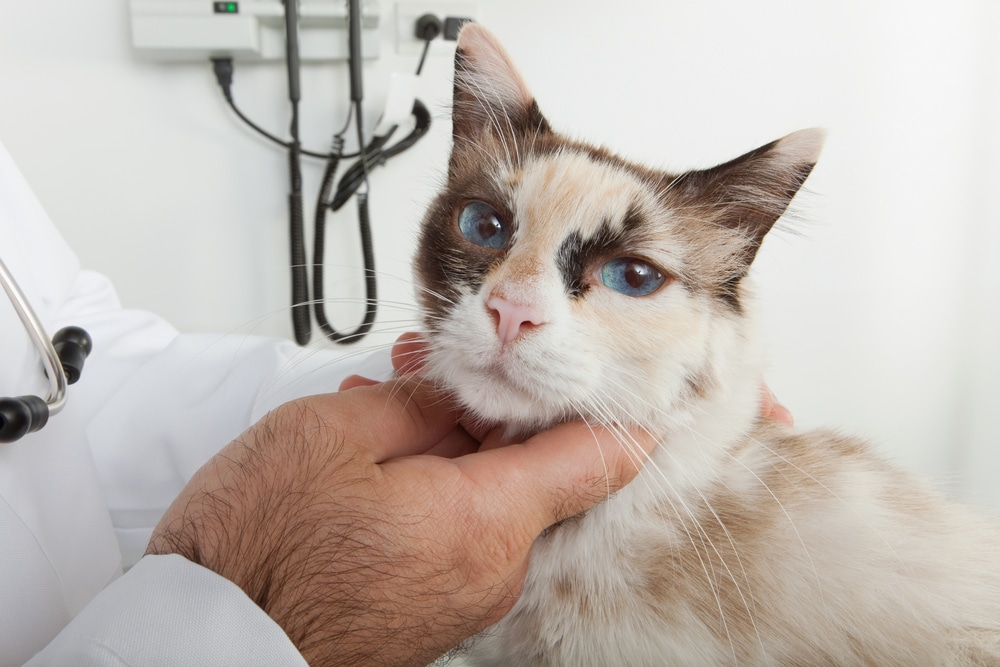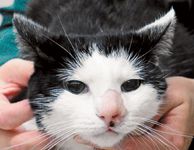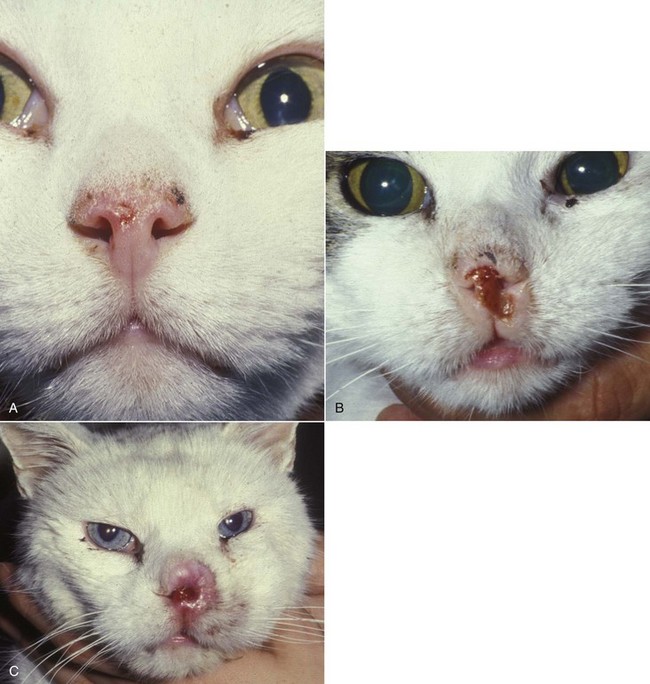neoplasia in cats nose
Malignant early aggressive treatment is essential. Neoplasia or nasal.
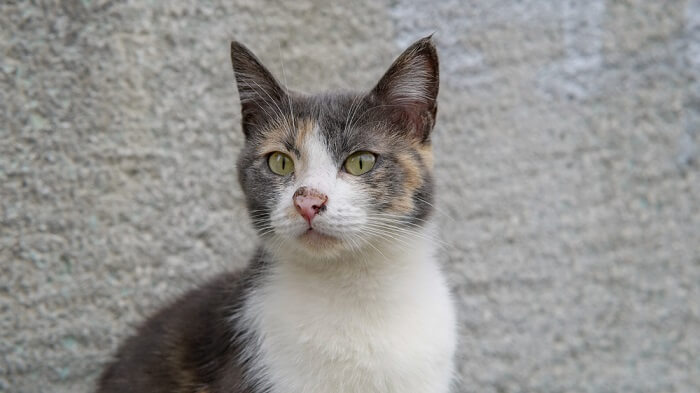
Nose Cancer In Cats Causes Symptoms Treatment All About Cats
Galloway P E Kyles A Henderson J P 1997 Nasal polyps in a cat.

. In cats there is some indication that chronic rhinitissinusitis may be an initiating factor for the subsequent development of nasal neoplasia. Bleeding from the nose breathing difficulty or facial swelling are signs that may indicate neoplasia and should be checked by your veterinarian. Cryptococcus neoformans is a more common cause of nasal disease in cats and in certain areas even quite common.
Diseases of the feline nose are relatively common and include neoplasia rhinitis foreign bodies fungal infections and polyps. Lymphoma is a common form of neoplasia in dogs and cats characterized by swelling of one or several lymph nodes in the body. Nonocular melanocytic neoplasms are often considered rare neoplasms in cats reported to account for less than 1 of all feline oral neoplasms and approximately 05 of feline cutaneous tumors.
The symptoms of nasosinal tumors can overlap with those of other causes of nasal disease. JAVMA 204 1 78-83 PubMed. 2 4 Unlike in dogs 13 however there are no defined prognostic features for feline.
Treatment protocols often include surgical techniques such as biopsies rhinotomy or nasal planectomy. Neoplasms may also develop inside the nose. Features that may assist in radiographic diagnosis of neoplasia include the appearance of unilateral aggressive lesions.
Was the most common genus while it was unclassified Bradyrhizobiaceae in cats with nasal neoplasia. JSAP 38 2 78-80 PubMed. The mean age at time of diagnosis is 9510 years for dogs and 12 years for cats.
Other causes of a swollen cat nose Nasolacrimal duct blockage. Incidence is also higher in males of both species than in females. These symptoms should be checked by your veterinarian.
Neoplasia may also develop inside the nose of both cats and dogs. Nasal tumors make up approximately 1 of all cancers seen in dogs. Final diagnoses in these cats were rhinitis in 27 primary nasal neoplasia in 21 and non-nasal disease in 16.
14 Nevertheless these neoplasms continue to be frequently reported in the literature. It is thought that long-nosed breed dogs living in urban environments are at higher risk for the development of nasal tumors. What are the signs of a.
Tumors of the nose and paranasal sinuses account for 12 of all canine or feline tumors. Nasal lymphoma has been reported in FeLV positive as well as FeLV negative cats. Symptoms of neoplasia in cats include 4.
Nasal adenocarcinomas originate from the glandular cells eg sebaceous glands in the nasal cavity. Lymphoma - Lymphoma is a common form of neoplasia in dogs and cats. Nasal vestibule is the most common site for feline nasal SCC malignant melanoma and basal cell tumor.
In cats with nasal neoplasia unweighted UniFrac metric did not show a significant difference using ANOSIM analysis when the microbiome of cats with nasal neoplasia that received antibiotics was compared to cats that did not have a history of antibiotic treatment unweighted UniFrac distance p 0465 weighted UniFrac distance p 0159. The incidence in dogs is twice that in cats. Nasal tumors are seen less commonly in cats and are more frequently seen in older animals.
Respiratory disorders whether acute or chronic can affect the nasal cavity and nasopharynx. These can cause bleeding from the nose breathing difficulty or facial swelling. Complications of nasal procedures can be major but these can be minimized by careful preoperative diagnosis.
What are the symptoms of nasosinal tumors in cats. High individual variability was observed. All information is peer reviewed.
Benign nasal tumors include adenoma 19 of epithelial tumors in cats basal cell tumor fibroma and neurofibroma. In dogs the most common nasal tumor is nasal adenocarcinoma. Conclusion This study demonstrates that the nose of cats is inhabited by much more variable and diverse microbial communities than previously shown.
Nasal infections also occur in dogs. There are many different forms of cancer and since the symptoms are so varied any lumps or bumps wounds that dont heal changes in behavior including appetite weight litter. Basal cell carcinoma nose illustration relating to dogs including description information related content and more.
Théon A P Peaston A E Madewell B R et al 1994 Irradiation of nonlymphoproliferative neoplasms of the nasal cavity and paranasal sinuses in 16 cats. Clinical signs of aspergillosis in the nose and frontal sinus are dominated by profuse mucopurulent nasal discharge and nasal pain. Abnormal swellings that persist or continue to grow Sores that do not heal Weight loss Loss of appetite Bleeding or discharge from any bodily opening Offensive odor Difficulty eating or swallowing Hesitation to exercise or loss of stamina Persistent.
In cats the most common nasal tumor is nasal lymphoma. Cancer also called neoplasia presents in many different often nonspecific ways in cats. Additionally unilateral lateral bone erosion and loss of teeth associated with adjacent intranasal disease were more prevalent in cats with neoplasia 78 and 518 respectively than in cats with chronic rhinitis 13 and 011 respectively.
The signs with highest predictive value for nasal neoplasia were displacement of midline structures 73 unilateral generalised soft tissue opacity 70 unilateral generalised loss of turbinate detail 69 and evidence of bone invasion 64. While cancer is usually diagnosed in senior cats certain cancers can develop in cats of any age. These signs can include nose bleeding discharge difficulty breathing sneezing facial swelling facial deformity due to growing mass eye discharge weakness andor weight loss.
A nasal tumor is a type of cancer that results from the disorganized uncontrolled production of cells that line the nasal airway. The nasolacrimal duct is a small structure that connects the lacrimal gland where tears are. In dogs nasal tumors are nearly all malignant and slightly 60 are carcinomas of which.
In healthy cats and cats with FURTD Moraxella spp.
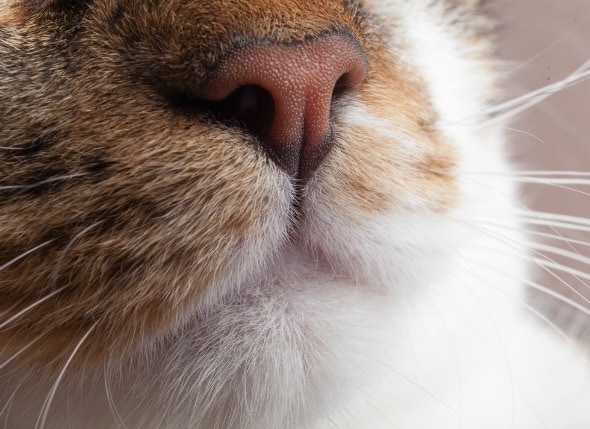
Nose And Sinus Cancer Squamous Cell Carcinoma In Cats Petmd

Nasal Squamous Cell Carcinoma In Cats Veterinary Partner Vin

Cancer Caused Cat To Have Nose Removed Your Cat

Cat 6 Squamous Cell Carcinoma On Nose Stage T2 One Ect Session Download Scientific Diagram

Vet Focus 31 1 Diseases Of The Feline Nasal Planum Vet

Learn About Nasal Cancer In Cats Petcure Oncology

Vet Focus 31 1 Diseases Of The Feline Nasal Planum Vet
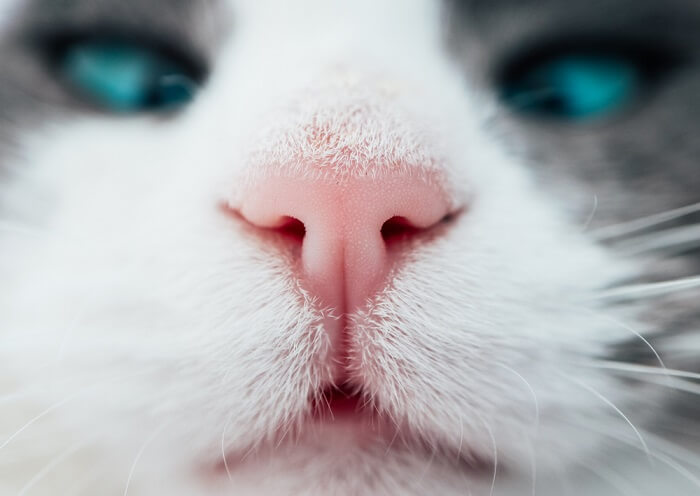
Nose Cancer In Cats Causes Symptoms Treatment All About Cats

Cat 8 Squamous Cell Carcinoma With Infiltrative Growth Into Nasal And Download Scientific Diagram

Iloveveterinary No Twitter From Cori Farrar Cat With A Nasal Tumor This Is The Worst I Ve Seen Veterinarymedicine Oncology Tumor Cat Nose Vet Dvm Veterinary Vetstudent Iloveveterinary Lovevetmed Https T Co 7uu8vof0pc Twitter

Facial Distortion And Epiphora In A Cat With A High Grade Large B Cell Download Scientific Diagram

Viruses Free Full Text Identification Of A Novel Papillomavirus Associated With Squamous Cell Carcinoma In A Domestic Cat Html

Cat 7 Squamous Cell Carcinoma On Nose Stage T4 Two Sessions Of Download Scientific Diagram
